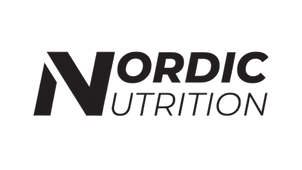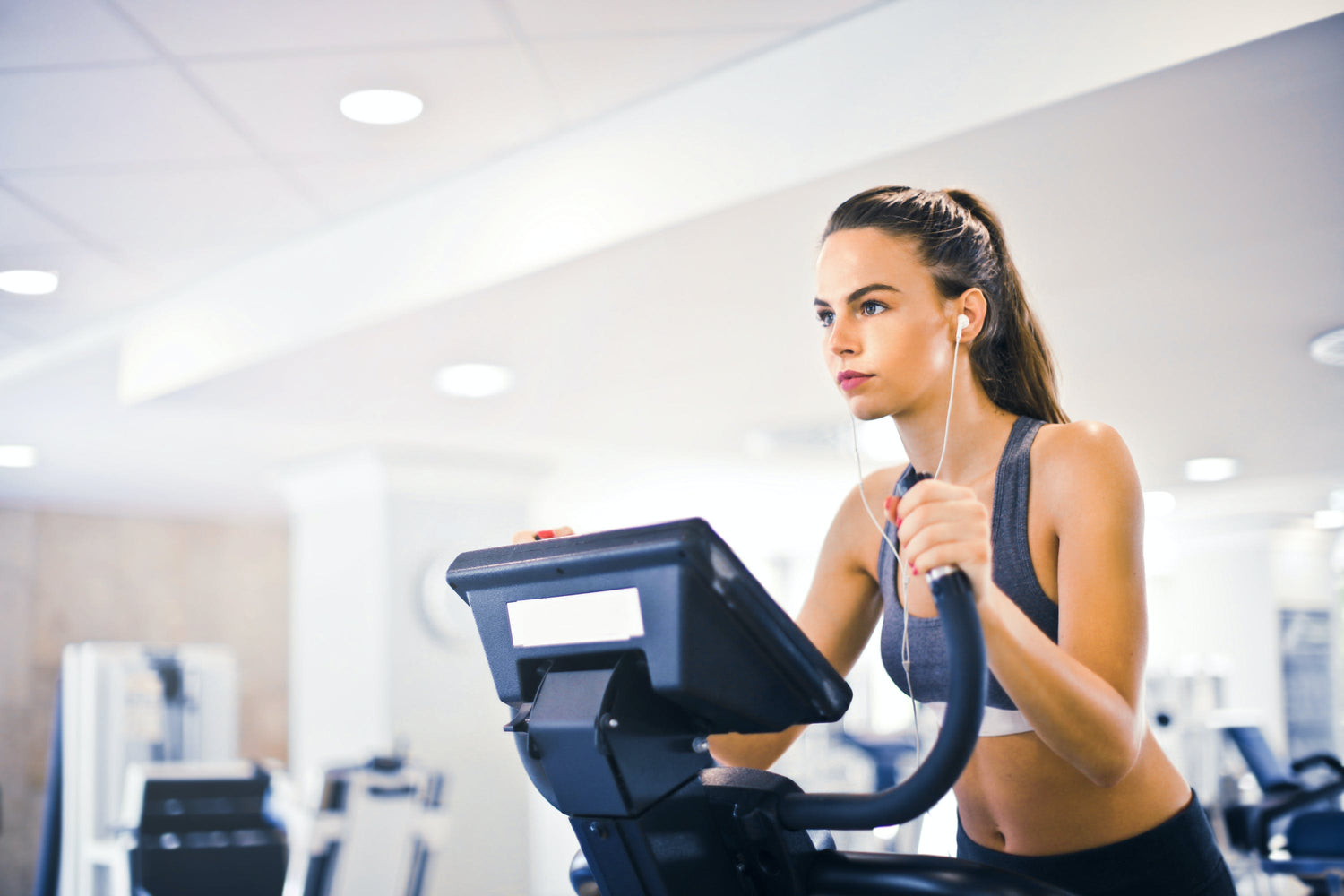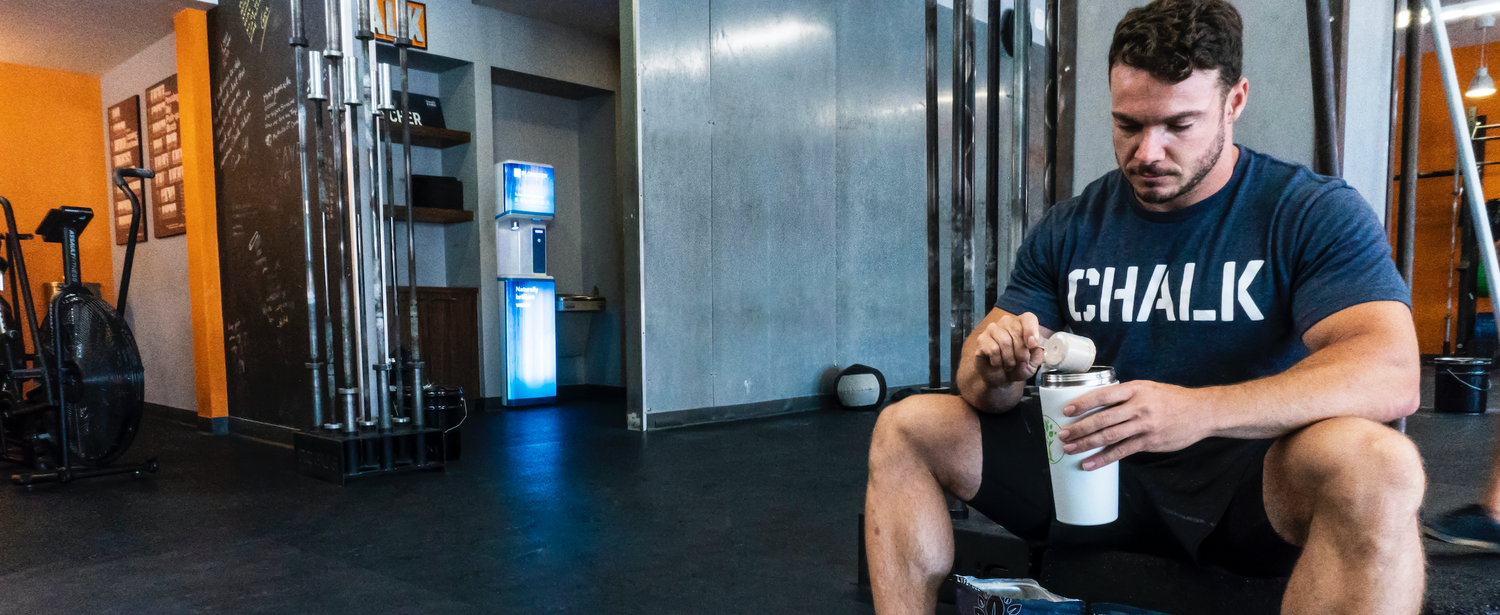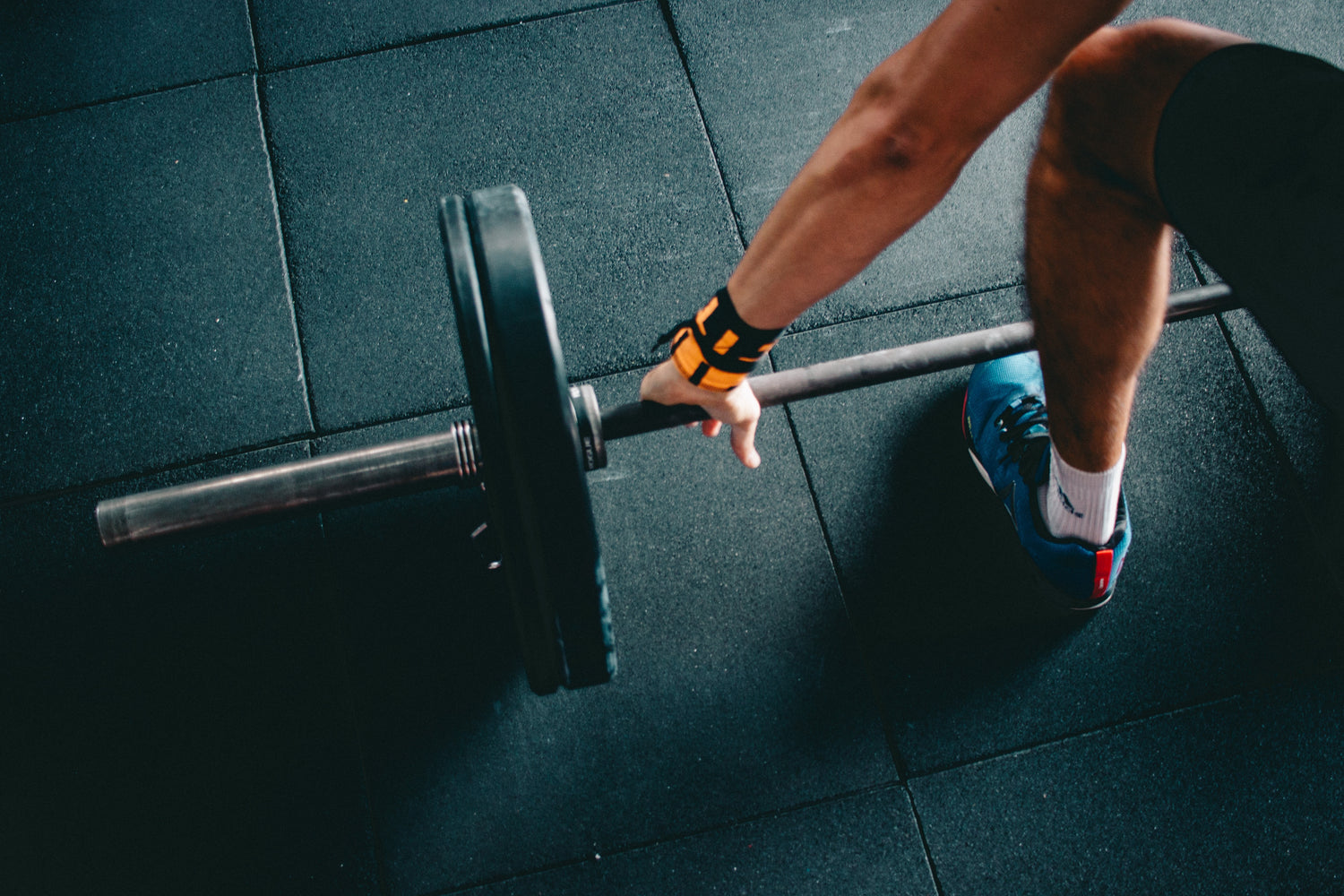Written by: Brian Henneberg, Physiotherapist
There are two types of people - the one who does a proper warm-up before a workout and the one who goes straight to their first heavy set.
Maybe you've never really had any serious injuries and think warming up is deadly boring, so why waste your time on it?
And what type of warm up is actually the best if now you absolutely should heat up? Is it the good old static extent that the gymnastics teacher in primary school pleaded for, or should I just run for a walk? Or what about the dynamic extent that has become so popular, have some studies been done on whether it has an effect, or is it just the training world's answer to breastfeeding room talk, namely broscience?
A few studies have actually examined the effect of different warm-up protocols on performance and answer many of the above questions, but first a bit of general theory.
Increased influence of body temperature on performance
When doing moderate to strenuous physical activity, such as warm-up, it happens that the general body temperature (core temperature) increases (from eg 37 to 38 degrees), which gives a number of physiological changes / improvements. For each degree the temperature rises, the speed of the chemical processes in the body increases 10 times, making the body much more efficient at performing the processes that take place during e.g. a strength training session. The muscles themselves can become even hotter, up to 40-41 degrees. The nerve impulses also run faster in the body, which helps to provide a more efficient activation of the muscles. Muscles and tendons are also more resilient when hot, which reduces the risk of injury. Coordination is also improved, whereby the technique can be improved. The blood flows more easily and oxygenation and nutrient supply to the working muscles therefore goes faster, just as the oxygen is more easily released from the blood's hemoglobin. Likewise, warming up can provide a mental readiness in the form of increased concentration and motivation for the training that follows.
Now to the 2 studies.
Study 1:
In the first experiment, they examined the different types of warm-up and the order of them in relation to the subsequent performance. They tested their performance by measuring the jumping height in what is called a 'countermovement jump'.
The subjects tested were 29 American football players at the college level, and there were as many as 6 different warm-up protocols that were as follows:
- No warm-up
- General warm-up (5 min run)
- Static tension
- General warm-up + static tension
- General warm-up + dynamic expansion
- General warm-up + dynamic expansion + static expansion
The dynamic stretching consisted of these 7 exercises, each of which was performed 2 x 20 times with 10 sec rest in between (in total it took 7 min):
Straight Leg March:
Carioca:
Reverse Lunge with Twist:
Power Shuffle (Step Slide):
Jogging with Squats : No video available
The static stretching consisted of these 7 exercises:
- Standing Quadriceps Stretch
- Standing Calf Stretch
- Standing Hamstring Stretch
- Single Leg Straddle
- Inverted Hurdler's Stretch
- Lying Single Knee to Chest
- Seated Cross-Legged Gluteus Stretch
The result was the following:
The general warm-up, and the general warm-up combined with dynamic stretching had the most conducive effect on the performance. Static tensioning, on the other hand, seems to impair performance, or at least reduce the effect of the general warm-up and the dynamic tensioning, if these are combined.
It was also found that the closer to the training itself the static extent is, the worse the level of performance. If you have mobility problems and need to do some static stretching before training, it should therefore be the first thing you can do, after which you can do the general warm-up. Possibly. the static tension can be set after the training, if e.g. works with general hip or ankle mobility and it is not necessary to perform before training.
If you have a bad time, 5 minutes of general warm-up, where you get your body and muscle temperature up, is the best investment if you keep time costs up against performance benefits.
 For each degree the temperature rises, it becomes much more efficient to perform the processes that take place during a strength training session.
For each degree the temperature rises, it becomes much more efficient to perform the processes that take place during a strength training session.
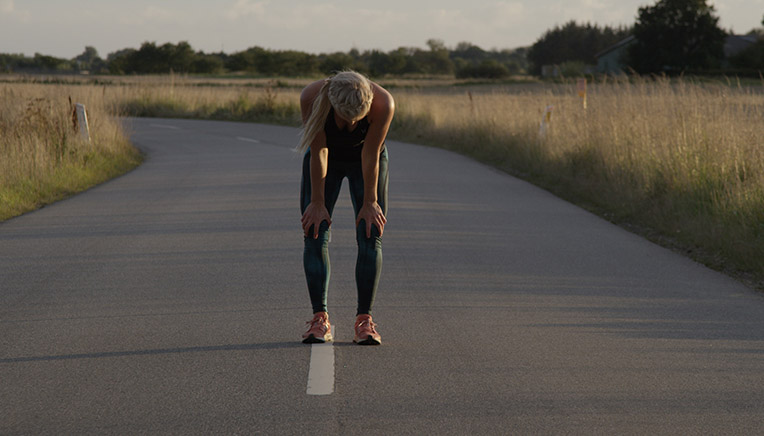
Study 2:
The second experiment was based on the premise that the muscles become better at producing power when they are hot, compared to when they are cold, and they would investigate the best method to keep the muscles warm after a thorough warm-up. Their hypothesis was that by keeping the muscles warm one would see an improvement in performance, which in this case was a 30-second sprint on the bike. The test subjects were 11 male cyclists and high-level triathletes. They all did the same warm-up to get the muscle temperature up, and then they were divided into 3 groups which tested the following 3 different ways to keep the temperature up in the time between the warm-up and the training itself.
- Group 1 wore regular training pants
- Group 2 bar thermo pants
- Group 3 bar thermo pants + a warm-up element
The result was as follows:
There was a difference of about 150 watts in performance on those who maintained the temperature compared to those where it dropped again. An increase of 9% in max performance. It is then worth taking with you. Taking a warm-up element outside on your thermo pants after warming up is probably not that practical for most people, but the experience from the experiment indicates that if you carry out an effective warm-up, it is an advantage to get started quickly with the training. Excessively long coffee, talk or smartphone breaks between the warm-up and the training itself can, it seems, have an inhibiting effect on the level of performance.
Previous experiments regarding muscle temperature and performance have shown that external heat, such as stay in a sauna (as a warm-up) is not nearly as efficient as heat generated by the body itself, through physical activity, but once you have achieved a good temperature through the warm-up, it seems that you can get a performance benefit from to stay warm via an external heat source.
Conclusion
In summary in relation to warm-up, we can say that:
- General warm-up, e.g. 5 min run is most effective
- The general warm-up can advantageously be combined with dynamic expansion
- Do not take too long a break between the warm-up and the training itself
- If you need to do static stretching, do it either before the general warm-up, or after the training itself
 If you have a bad time, 5 min general warm-up is the best investment if you keep time costs up against performance benefits
If you have a bad time, 5 min general warm-up is the best investment if you keep time costs up against performance benefits
Sources:
Effect of Various Warm-Up Protocols on Jump Performance in College Football Players, by Pagaduan, Pojskić, Užičanin and Babajic, in Journal of Human Kinetics, 2012
Reducing muscle temperature drop after warm-up improves sprint cycling performance, by Faulkner, Ferguson, Gerrett , Hupperets, Hodder and Havenith, in Medicine & Science in Sports & Exercise, 2012

